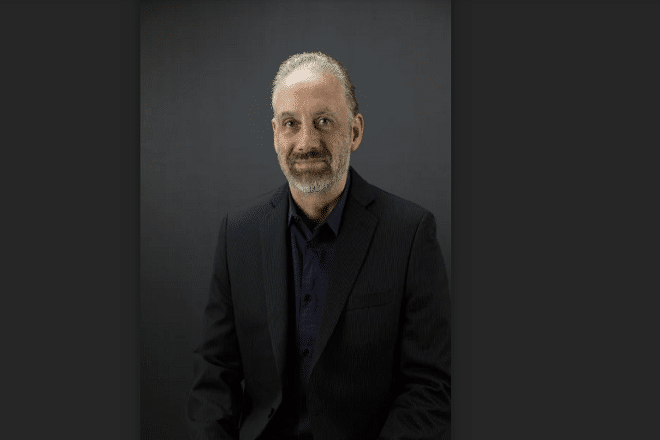Instaclustr is an open source as-a-service company. It operates an automated, and trusted management environment, providing database, analytics, search and messaging.
Peter Nichol (PN), CEO, Instaclustr, in an exclusive interaction with Sreejani Bhattacharyya of OSFY talks about the company’s expansion plans in the future along with plans for India. He also discusses the growth strategies Instaclustr is using to drive growth.
“We would like to have an independent India operation within the next 18 months. Currently, we are assessing the market opportunity and our preferred go-to-market strategy,” noted PN
Here are some more interesting excerpts from the conversion
OSFY: Can you tell me what Instaclustr does exactly?
PN: Instaclustr helps companies scale their applications massively in the cloud by managing the complex data-related technologies underlying the application for storage, analytics, messaging and search – with a focus on industry-proven pure open source highly scalable technologies. We solve the scalability problem and allow the customer to focus on developing great applications.
OSFY: What is the business model of the company?
PN: We charge a flat fee per month per technology managed per node for our service. We do not charge any software license fees since we are running a pure open source. Growth comes from adding new customers and from existing customers growing organically as their data expands (more date =more nodes under management)
OSFY: What are some important projects you have worked on till now?
PN: Many customers in the gaming, retail, and finance industry. Dream 11 in India runs their fantasy cricket application on our platform and Epic Games uses Instaclustr for its world-famous Fortnite game – to mention a couple of examples.
OSFY: What major challenges has the company faced till now?
PN: Raising money and talent acquisition and retention.
OSFY: How did you overcome them?
PN: Initial rounds of investment came from VC’s in Australia. Once we got to critical mass and once we were able to demonstrate that our model was working we were able to attract USD investors. We are close to profitability and will not need to raise again. Having a base in Australia and locations around the world has helped us to hire and keep talent in places where it is not overly expensive.
OSFY: How has the growth of the company been in say, last one year?
PN: Last year it was about 70 per cent, the prior year was 100 per cent.
OSFY: What kind of customers are you targeting?
PN: Any company that has a big data problem and is running apps in the public or private cloud. We have a lot of customers in finance, retail and gaming to name a few.
OSFY: What are your expansion plans for the future?
PN: We will continue doubling revenues and adding new technologies to the platform. Establish the company as “the” open source solution for the data layer for applications that have massive scale”.
OSFY: What are your India plans?
PN: We would like to have an independent India operation within the next 18 months. Currently, we are assessing the market opportunity and our preferred go-to-market strategy.
OSFY: Any immediate targets you want to achieve in the next few months or year?
PN: We want to add a MySQL technology to our platform and establish our solution in 20 more of the Fortune 100 accounts (we already have several).
OSFY: What strategies are you using to drive growth?
PN: In order to drive growth we have to pick the technologies that drive scale (more data = more compute nodes= more revenue) and are best in class (for example Cassandra is used by the biggest companies in the world like Apple). Secondly, we have to have a broad and complete platform in order to be a total solution provider for our customers. Finally, we need to establish the company as the rock-solid, reliable provider of a managed service for these. If we do these three things right the revenue growth and revenue quality will follow.
OSFY: In your opinion, how do you think the open space is doing presently?
PN: Some companies like Redhat and MongoDB have had success. Others like Pivotal, Cloudera and Datastax have struggled to continue their growth. I think the big problem for those companies is that they tried to commercialize an open source technology which ends up competing with them as the open source matured. We believe that our model is a much better one for open source than the traditional open core model which these companies have followed.
OSFY: How do you think the OSS space can be improved upon?
PN: It can be done by more embracing and support of the communities themselves and the promise of pure open source rather than forking the code to build proprietary technologies (something that destroys the promise of open source and something that most companies are trying to get away from).
OSFY: How do you think India is faring in Open Source?
PN: It seems to be the best off all the developing and also Asian countries (much better than China, Japan, Korea for example). I think this is driven by the relatively low cost of engineering resources, the high quality of engineers coming from top universities and the comfort with English as a common language.
OSFY: What are your suggestions for India to improve, if any?
PN: There should be more companies supporting and contributing to the open source communities.












































































